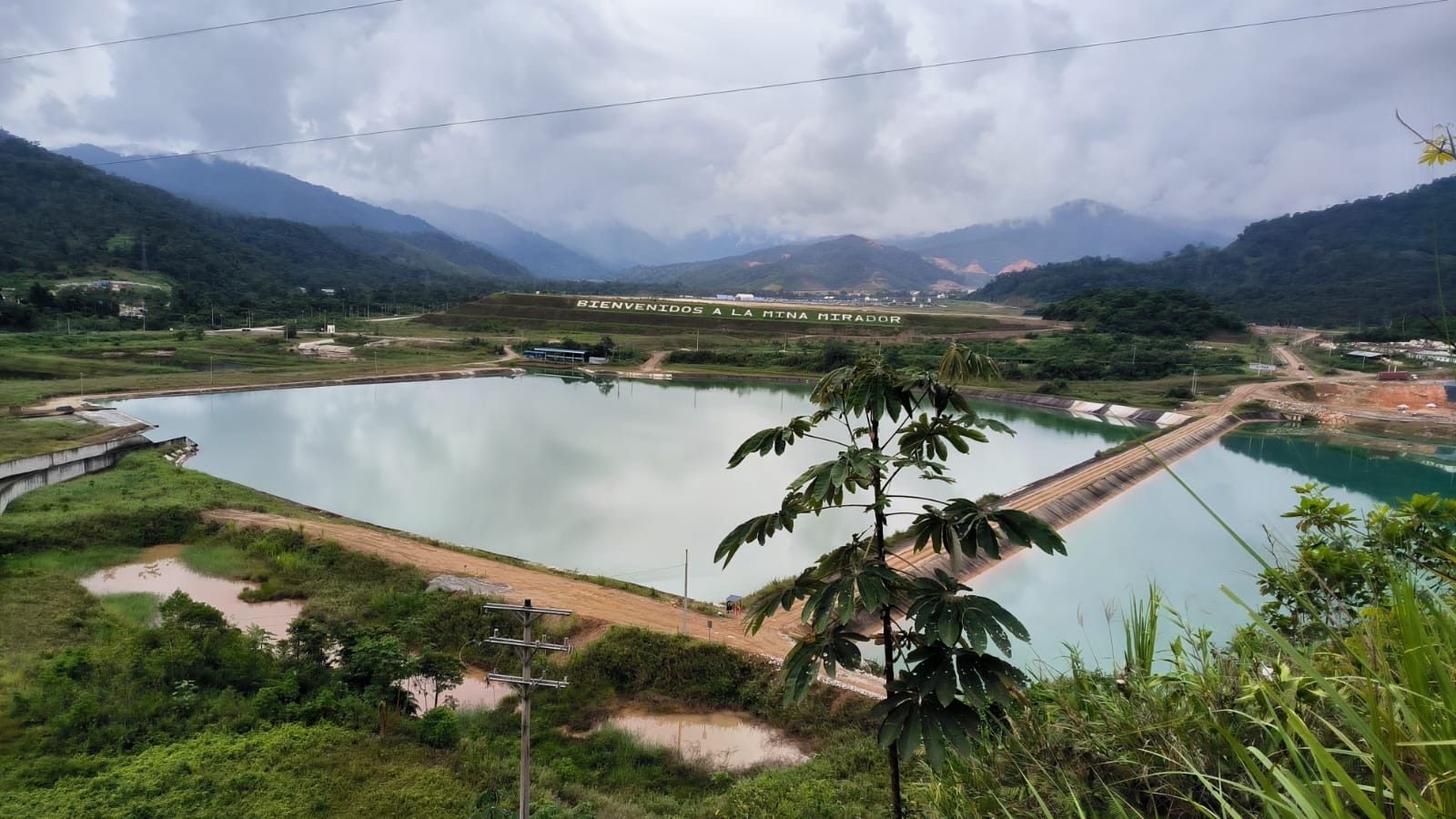Ecuador is located in South America and has a territorial extension of 159,300 square miles, distributed in four regions: the coast, the highlands, the Amazon, and the Galapagos. It is considered one of the countries with the greatest biodiversity, a place full of richness in flora and fauna, a mega diverse region. However, in the early 1990s, with the introduction of neoliberal policies in Latin America, Ecuador went from being declared a mega-diverse country to a mega-mining country.
Governments over the last 23 years have chosen to give institutional, political, and legal support to transnational companies. This is how these foreign companies can acquire millions of hectares to carry out geological studies, starting in the Amazon rainforest, through the country’s southern region, without overlooking the highland paramos and the tropical forests of the Andean Cordillera.
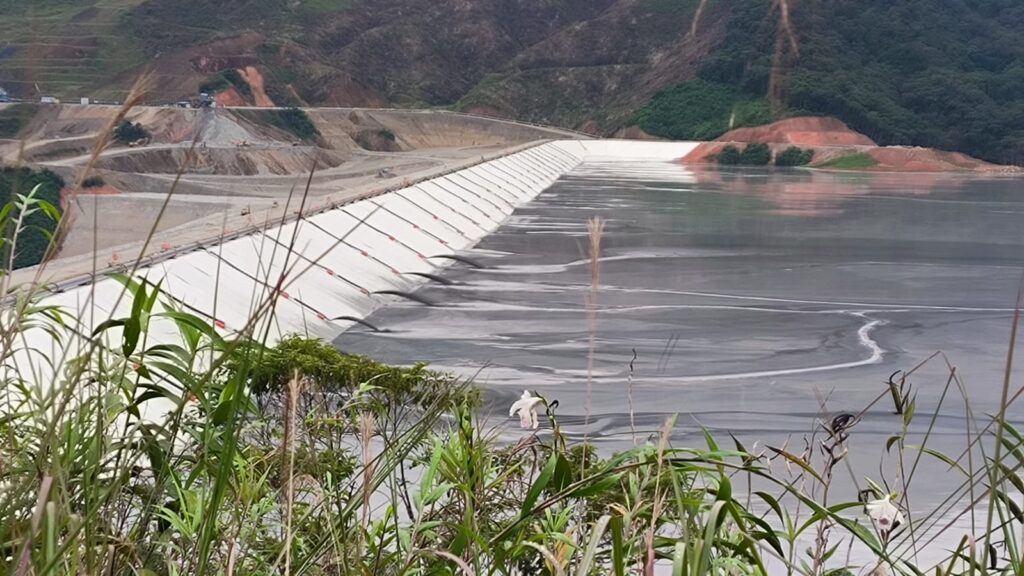
Gold accounts for 96% of Ecuador’s mineral exports. Until 2018, small-scale mining accounted for 90% of gold production, which was concentrated in five provinces: El Oro, Azuay, Zamora Chinchipe, Loja, and Morona Santiago. But then the demand for minerals grew worldwide in industrialized nations. For example, China produces one million tons of copper, but consumes between 6 and 7 million tons per year. This has a great impact on Ecuador’s situation by driving up prices, especially for metallic minerals, and stimulating large-scale mining production. In April 2016, the government proceeded to reopen the mining land registry, which gave way to a new wave of concessions for large-scale mining throughout the country, covering approximately 15% of the national territory. As of 2019, about 8% of the national territory is under mining claims.
The mining registry as of April 2019 includes a total of 2’342 713 hectares of Ecuadorian territory: 93.4% of the concessions for the metallic mining extraction, 4% for non-metallic mining, and 2.6% for construction materials.
Today’s registry includes 17,956 legal concessions where metallic material (mostly gold, silver, and copper) is open for mining (Ministry of Energy and Mines of Ecuador, 2023).
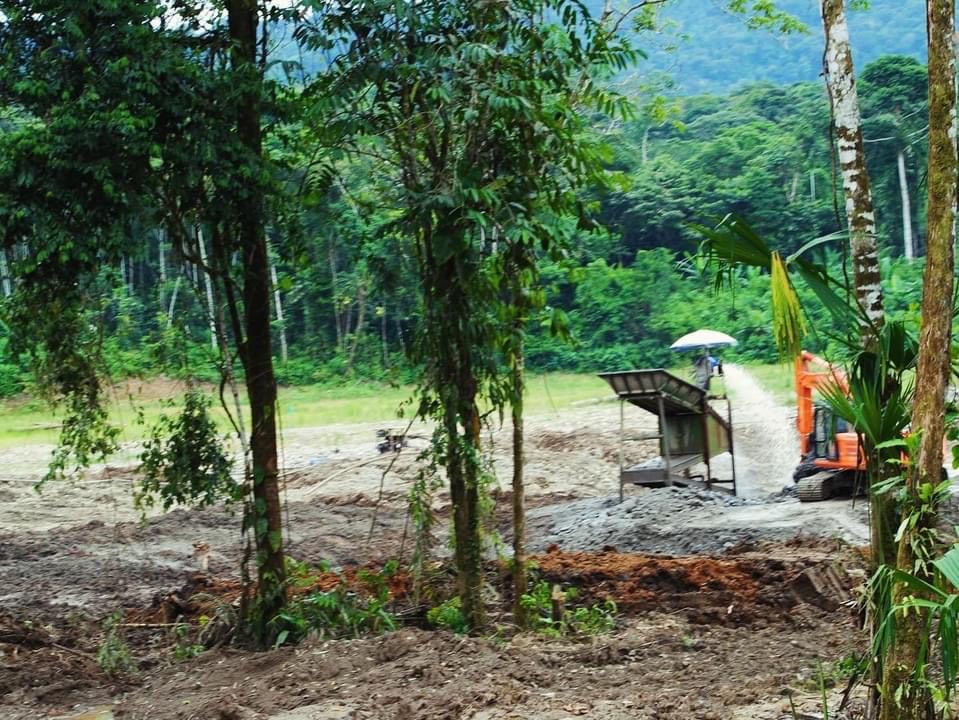
From 2019 onwards, each year has been devastating for a country that has already had to go through a series of shortages. In the year 2023, Ecuador has endured a series of conflicts with the Daniel Noboa administration, representing the most recent example of the agroexporting oligarchy that has cyclically governed the country, imposing its neoliberal project on the people, which depends on international transnational capitalism. This condition manifests itself particularly in the dispossession of the territories of indigenous peoples, campesinos and Nations before the extractivist imperialism’s offensive.
Illegal Mining in Tena
Napo is a rich region in biodiversity and natural resources; however, it is also one of the most heavily mined provinces. Mining in the province has been a controversial issue due to its environmental and social impacts.
The MapBiomas Amazon project provides updated information that shows growing mining activity between 1998 and 2021. There are 288 mining concessions in the Napo province, covering 3.14% of its surface area. Most of these concessions are for the extraction of gold and petroleum products and are mostly concentrated (97%) in the Tena and Carlos Julio Arosemena Tola counties (Ministerio de Energía y Minas del Ecuador, 2023).
Between 2005 and 2006, informal, illegal mining increased due to the rise in the price of gold on the international market, the lack of military control in the affected areas, and the absence of public policy to address this situation. In 2007, a program to regularize this activity was implemented, differentiating between artisanal mining and mining associated with drug trafficking associated with armed groups and paramilitaries, especially in the Amazonian Colombian border, as well as in the communities of Yutzupino and Punino located between Napo and Orellana.

Irregular mining groups continue to operate in the Amazonian Amazon rainforest, with a direct consequence on nature and the indigenous people living in the sector, who have been deprived of their ancestral activities and practices, due to the contamination of rivers and the violence perpetrated by these illegal groups. This situation is a direct violation of their constitutional rights, including forced displacement, as well as the violation of human rights suffered by them.
The constant use of mercury in and near indigenous communities has had and continues to have serious health consequences for families in the Amazon region.
Legal and illegal mining activities for gold and other metallic and non-metallic minerals lead to deforestation, river and soil pollution, loss of biodiversity, and alterations to the landscape. The use of mercury in gold mining is of particular concern due to its toxicity. The constant use of mercury has generated and continues to generate serious health consequences in Amazonian families, particularly in the indigenous communities that live along the riverbanks, use its water for their daily activities, and are most at risk.
Indigenous and local communities are affected by mining primarily through loss of land, displacement, and changes in their traditional ways of life. Conflicts over the control and use of natural resources exist have also arisen. Although the government has “implemented” various resolutions to regulate mining activity to balance economic development and environmental protection, this is a matter of debate. There have been constant complaints against the government for the negative consequences of this activity on communities and the environment.
As a result of the deterioration of the quality of life of their inhabitants, most indigenous communities are working to protect themselves and resist the threat of mining. There is a strong community division, which causes aggressions within the communities, and in some places there are even threats and murders of those who oppose mining activity or those who denounce it.
Both legal and illegal mining entities and activities are guilty of poor planning, sometimes with no land-use orders, resulting in the destruction of personal properties and large economic losses. The income provided by mining has contributed to a deterioration in the quality of life of these communities, since their economy is mostly based on soil productivity, now threatened by the presence of toxic substances and chemicals that are highly harmful to the soil and watersheds; the Napo River’s source and tributaries are becoming increasingly polluted. The destruction of the farms due to soil and water contamination leaves these populations without the possibility of being able to work in healthy soils, thus threatening their sovereignty and food security.
Mega-Mining in Cóndor Mirador (Tundayme)
There are several large-scale mining projects in the area that have been considered priority projects, such as the Cóndor-Mirador Project, the Fruta del Norte Project and the Panantza-San Carlos Project. The former is located in the province of Zamora Chinchipe and the latter in Morona Santiago. The most prominent of the mining companies in the area has been Ecuacorriente S. A., operating since the early 2010s.
The Condor-Mirador Mining Project was leased by the government to the national company Ecuacorriente, which is under the control of Chinese state-owned companies China Railway Construction Co. Ltd. and Tongling Nonferrous Metals Group Holding Co., a foreign company that began extractive activities in 2019 and took possession of Shuar indigenous territories. The mine is located in the rural parishes of Tundayme and El Güisme, in the province of Zamora, and consists of a total of 9925 hectares (Ministry of Energy and Mines of Ecuador, 2023).
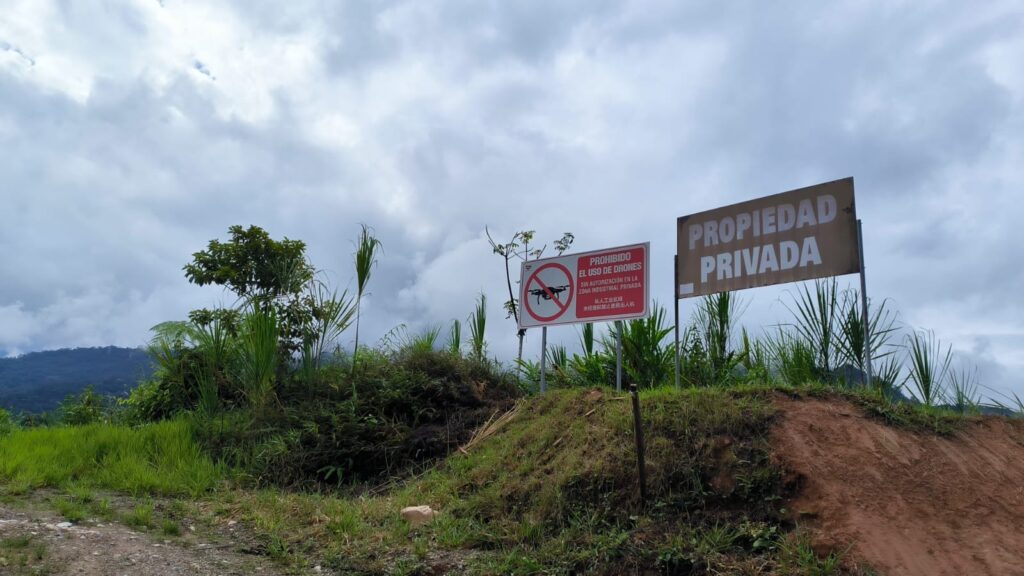
The government, for its part, has defended its actions and promoted large-scale mining in Ecuador in national broadcasts and in seized and official media outlets. There are, however, two situations with different nuances that have not received much attention: cases of corruption and economic protectionism measures, such as paying community leaders to convince people to leave their territory.
What Are Communities Defending in the Region?
At first glance, the answer is: they should defend the lives of all Ecuadorian women and men, because this mining project is intended to be developed in one of the most biodiverse places in the world, the Cordillera del Cóndor. Furthermore, it is the original home of thousands and thousands of people, communities, and peoples belonging to the Shuar nationality, peasants, and mestizos. The families and collectives that have spoken out against the illegitimacy and violation of human rights (Alvarado, 2022) and the eviction of communities for mining work, have expressed their concerns through printed documents, in universities and through academia, and during street demonstrations. Despite this, “traditional” mass media has treated the issue as minor news. This is not the case of the alternative media, which cover the issue more frequently. Nevertheless, the Cascomi community has tried to make their claims heard, including versions of their struggle together with their people and their leaders against the first large-scale mining concession (Ecológica, 2004).
Luis Shiminaincela, leader of the Shuar Nankints Center, says that “they speak about damages, which could be positive and negative, although for us the damage to the territory is irreparable, where the companies only plunder and we do not notice it until is too late. But we have to recognize the strength of the women, because they have always taught us to fight with courage, they are the ones who push us to fight against these attacks to our territory. We have had cases, replicated in various territories of our country, of organizations that have been dismantled, but we will continue fighting, since our only tool against these extractive companies is to resist.”
In the same vein, Jaime Palomino said that “Ecuador is very rich in minerals, there have been concessions throughout our country to plunder it, in Ecuador. Do we have our own companies? No, not even to wash stones, they are stealing from us just as they did with the territories. The peoples and nationalities have to defend all life but always united, the moment we lose our territories we will be dead peoples and nationalities. We must think about the future generations, what will they live on if the water sources are being contaminated. The Ministry of Environment is now saying that it is forbidden to mine where we find water sources. But there is a great contradiction, since mining is being carried out where we find water sources, and when we want to complain as a Nation, they tell us that we are terrorists, that we are against the development of the country. We are concerned as Shuar Arutam Nation. We live at risk along the river banks, we will suffer because it will destroy human lives, agriculture, livestock… We will suffer environmental and social contamination. Mining projects are genocide, death, and hunger” (INREDH, 2024).
The Ecuadorian state is indebted to the indigenous and peasant families of Tundayme. To date, neither the current government nor the mining company has responded to the serious acts against humanity committed in this territory.
In 2014 and 2016, out of 80 families affected by the construction of the Condor-Mirador mining project in the province of Zamora Chinchipe, 32 were evicted from their homes and territories. They had to leave their homes, which were destroyed with the support and protection of the country’s security forces. In April 2022, in addition to these evictions, an elderly couple was also evicted. This fact was enforced with an official letter issued on May 13, 2024 by the Ministry of Education of the Yacuambi county, which mentions that “for the third and last time it is requested to vacate the property immediately,” despite the fact that Cascomi had an official handover of the property. That is, it was not only an issue of evicted families, nor a space with legal evictions, but also an abuse of human rights since they used deception to expand and takeover the indigenous territory for the project. This meant the destruction of a space tha took years to build: sheltered spaces, schools and high schools for as many as 30 children, to strengthen their ancestral knowledge, identity, and to receive an education with dignity. The Ecuadorian government is indebted to the indigenous and peasant families of Tundayme. To date, neither the current government nor the mining company has responded to the serious acts against humanity committed in this territory.
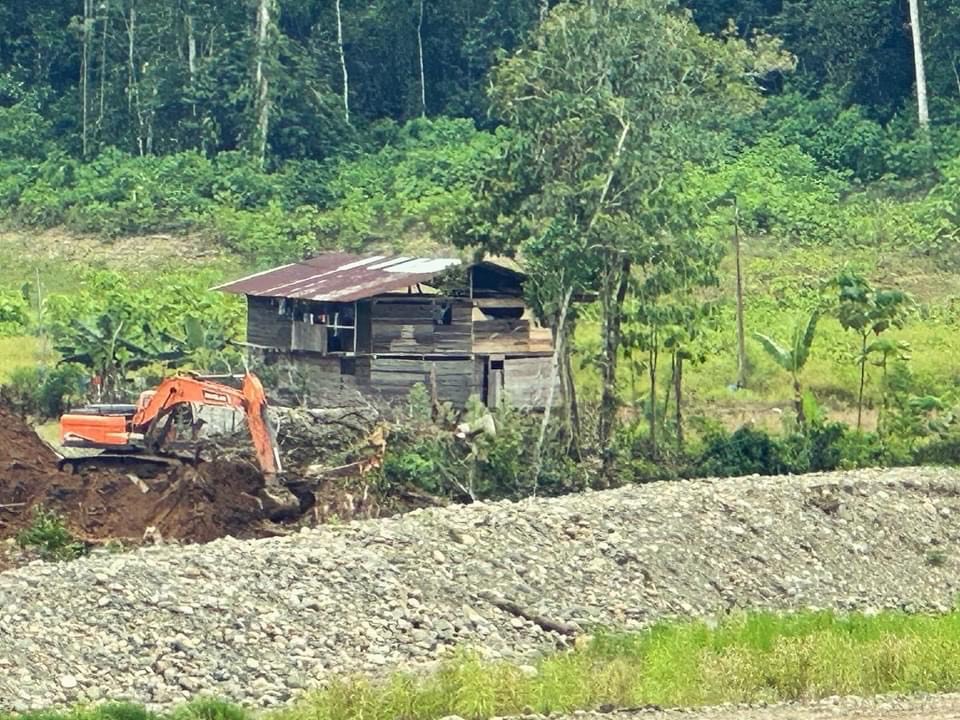
While contracts are being signed, threats to the harmonious life of the residents are increasingly imminent and, therefore, their struggle is framed in efforts to self-organize, mobilize, and find legal, political, and societal strategies. In this framework, the Shuar became one of the protagonists of this social change. This community has created a visible and committed front against large-scale mining, which made them the target of persecution, including several leaders who ended up being taken to legal proceedings and subjected to permanent harassment.
Mining in Tundayme-Cóndor Mirador is an issue that involves both economic development opportunities and social and environmental challenges. Coexistence between mining activity and the protection of the rights of local communities is crucial for sustainable development. It is expected that the mine will have a significant impact on national mineral production, contributing to the country’s economy; however, the only thing that matters to the governments in power is money, but not the natural wealth, biodiversity, fauna, or the lives of the people that depend on the health of their territories.
It is a reality that worries communities and organizations, alike, as they warn about the potential rupture and spillage of the tailings dams, which could have serious consequences for the environment and surrounding communities (INREDH, 2023). This is what they have stated with the help of scientific researchers, who have informed us about the high physical and chemical risks of the construction. This is the first large-scale metal mining project in Ecuador and the first to cause damage of an incredible magnitude. FOR A MEGADIVERSE ECUADOR, NOT MEGAMINER!
BIBLIOGRAPHY
Alvarado, Ana Cristina. “Ecuador: proyecto minero Mirador genera nuevas amenazas de desalojo en Tundayme”. April 28, 2022. Mongabay. https://es.mongabay.com/2022/04/ecuador-proyecto-minero-mirador-genera-amenazas-de-desalojo/.
Diapositiva Frente Nacional Antiminero
https://repositoriointerculturalidad.ec/jspui/bitstream/123456789/2962/1/MemoriaFinal.pdf.
Geoportal de Catastro Minero. 2024. Agencia de Regulación y Control Minero. Ministerio de Energía y Minas del Ecuador. https://arcmineria.maps.arcgis.com/apps/webappviewer/index.html?id=27bfda03ce4342b3834a27010da857e5.
INREDH. “Grave riesgo en el Proyecto Minero Cóndor Mirador: científicos y comunidades advierten sobre potencial ruptura y derrame de las relaveras”. October 27, 2023. https://inredh.org/riesgos-mineria-condor-mirador/.
INREDH. “Mirador, La primera megamina del Ecuador continúa su proyecto de despojo. CASCOMI está en riesgo de perder la casa comunal ‘Ayllullacta Wasi’”. May 20, 2024. https://inredh.org/mirador-la-primera-megamina-del-ecuador-continua-su-proyecto-de-despojo-cascomi-esta-en-riesgo-de-perder-la-casa-comunal-ayllullacta-wasi/.
